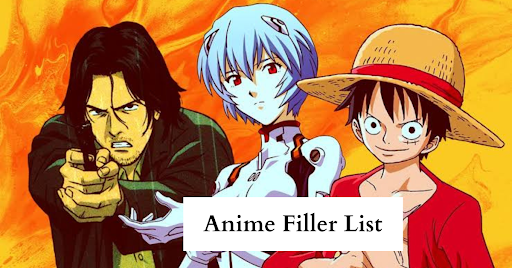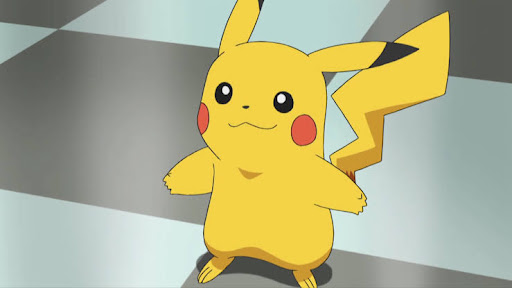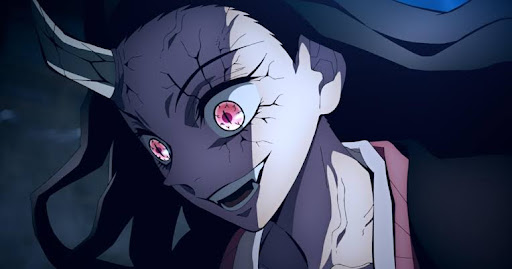These days, anime is ubiquitous. Japanese animation is widely available on streaming services, while some (like Crunchyroll and Funimation) are solely devoted to this phenomenon of popular culture. When binge-watching anime series like Bleach or Naruto, you might have noticed something peculiar if you’re new to the community.
The plot frequently seems to stray off in a pointless direction. It appears like everyone has lost interest in the tale as the narrative stalls. You’ve just come across an anime filler for the first time, so it’s not your imagination.
What is an Anime Filler, and why is it?
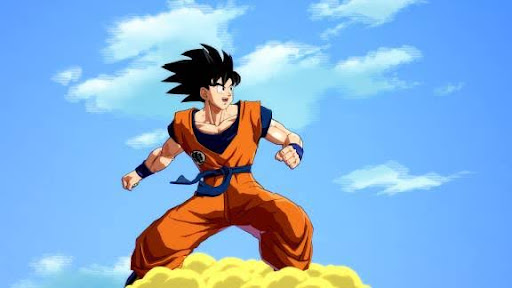
Due to the possibility of source material exhaustion for anime adapted from manga, filler is a peculiar phenomena. By the way, Japanese comics and graphic novels are known as “manga.” Popular manga series are frequently adapted into anime.
With on-going anime, it is possible for the show to advance in plotline before the manga that provides it. You’d think that taking a break and waiting for the manga creator to catch up would be the sensible course of action. The actual course of action they frequently take, though, is to develop their own side-story plot and continue producing episodes.
That is filler: a non-canon story that doesn’t advance the plot and cannot in any way affect the main plot that the manga artist is working on at the time the filler is being played.
Do Fillers Appear in All Anime?

No, not every anime is filled with filler. To start, not everything is based on manga. Manga titles are frequently used in the anime business, although they can also be original animated works or textual adaptations. Another common literary form in Japan is the “light” novel. This is another possibility.
There are also anime versions of shorter manga series that are finished or that have stopped publishing but ended on a satisfying arc.
Therefore, shounen (boys’) anime or other comparable shows that air alongside a weekly manga series published in Weekly Shonen Jump or its rivals frequently use fillers.
Should You Always Skip a Filler?

The anime studios wouldn’t produce filler episodes of well-known shows if no one was watching them. So, it’s reasonable to wonder if skipping fillers is a good idea. On the one hand, doing so won’t result in any plot loss. On the other hand, who’s to say the filler episodes couldn’t be engaging and entertaining on their own?
It is true that the filler episodes’ writing was not created by the manga’s original author. This implies that the quality and tone may alter from what first drew you to the show.
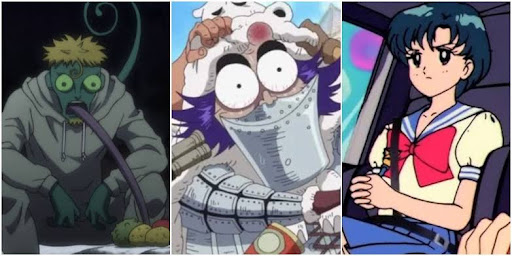
There are instances when filler episodes aren’t just for anime. In some shows, the main plot and filler material are included in the same episodes. Last but not least, some anime deviate from their manga source material; hence, even if those episodes don’t adhere to the source, they aren’t filler for the anime version of the programme rather than examples of filler.
In the end, whether an episode is filler or not, skipping it is a personal decision that will vary from programme to show. If you don’t know which episodes are which, none of it matters!
Who Writes Anime Filler Episodes?
Because anime screenwriting is a collaborative process, especially with filler episodes, it’s challenging to provide a clear response. Before I get into further depth, though, let me just mention that the director and series composition writer are the two people you should pay close attention to because it is only via them that any final decisions about an episode writing can be made.
A gathering of everyone involved in the story’s construction takes place before any writing is done. Included in here are the producers, the director, the writer of the entire series, and the writers of each individual episode. The original author is frequently asked to participate in adaptations. The editor will typically seem as the representation while dealing with busy manga creators.They are there to make sure that the original creator’s intent isn’t derailed by anything the animation staff comes up with.
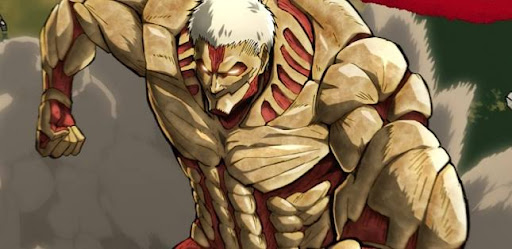
After everyone has gathered and is aware of the number of episodes they need to complete, they start brainstorming. Unless the writers specifically mention it in an interview or another instance of public remembrance, it is impossible to determine who came up with which story idea. For instance, Rie Matsumoto, the director of Blood Blockade Battlefront, said that she was the one who came up with the Black and White anime’s original plot. Producer of Case Closed Keiichi Ishiyama revealed that each of the anime-based films has a writer who collaborates with manga artist Gosho Aoyama to develop the mystery.Ten authors make up the large writing staff for the TV anime, which operates independently of the film crew.

The series composition writer will create a preliminary plot outline once the direction of the tale has been established, then appoint a small group of scriptwriters to each specific episode (usually 2-4 people). They occasionally write everything themselves. Whatever the plan, everyone will write their lines before submitting their scripts for the group’s comments. At this point, the specifics and strategy are worked out.
It’s difficult to pinpoint who the “ideas person” was or why one filler tale was excellent while another authored by the same team was subpar due to the amount of back and forth that occurred during the writing process.But the series composition writer would be the one who is most focused on the finer points of writing and story structure. When all the scripts are submitted, they must check to make sure that everyone’s work is unified and adheres to the parameters of the plot summary. A brilliant tale is more than just a compilation of clever ideas; the writer of the series composition is there to make sure that a standard of excellence is constantly upheld.
Conclusion
Filler guide episodes are segments in a frequently non-stop serial that are unrelated to the main plot, don’t significantly change the relationships between the characters’ families, and typically exist only to fill up the narrative. This should be viewed as padding applied across the board for the franchise. They appear a lot on anime filler episode lists, which frequently list seasons with 26 or more episodes.
Producing filler is a requirement of the contract, alone. The filler is often something unique to the anime, but this isn’t always the case; due to the strict schedules, many mangas, especially weekly manga, rent filler just as mercilessly.
